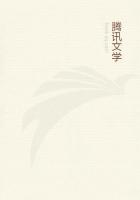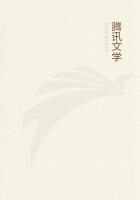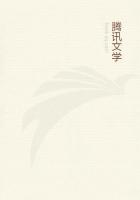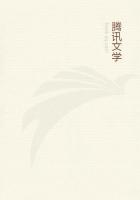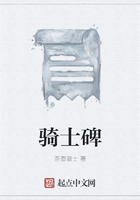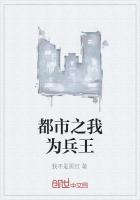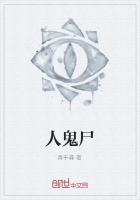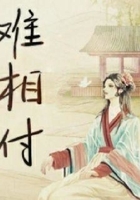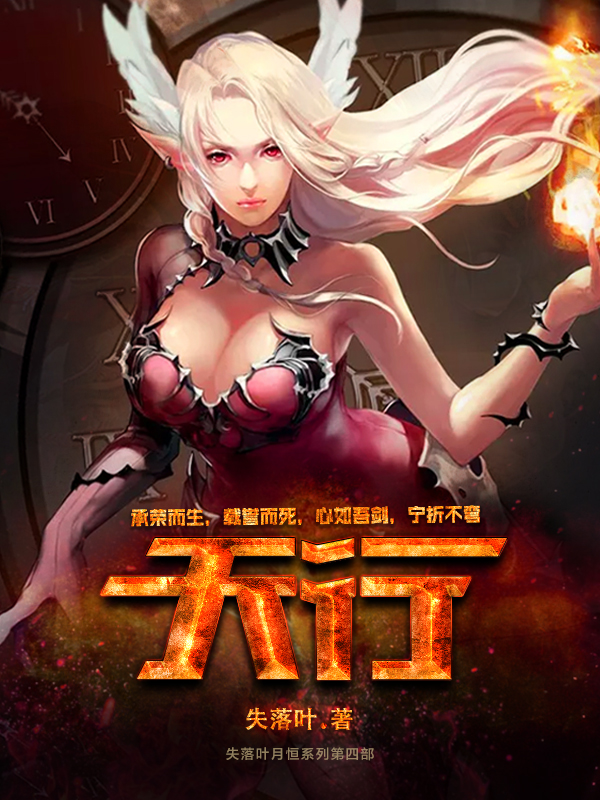Tao Altar. One of the fraternities among the Hopi Indians of Arizona is the Tao or Singer Society. Such altars are erected in connection with the sacred and secret ceremonies in underground rooms or kivas in the different Hopi villages. Around these altars the priests arrange themselves, squatting on the floor, during their ceremonies, and engage in singing, sprinkling of sacred meal, smoking, asperging of sacred water, etc. Here they prepare their prayer offerings, utter their prayers, and practise numerous other religious rites. Of the slabs and sticks in the ridge of the altar those of a zigzag form represent lightning, which is supposed to emanate from clouds, which are represented by the terraced parts on top of the slabs. The flat slabs symbolize stalks of corn, with ears of corn carved on them. The thin sticks are supposed to represent the departed members of the society. In front of the slabs are seen four bahos or prayer sticks, composed of two short sticks, a turkey feather, two kinds of herbs, and corn-husk pocket containing sacred meal and honey. The object to the right, and in front of the ridge, is the tipone or sacred badge of the society. It usually consists of an ear of corn, wound with cotton twine, and having on its top feathers of different birds; to its sides are tied sundry pieces of shell, turquoise, and other objects.
In front of the altar stands a medicine bowl, which is surrounded by six ears of corn,--a yellow one on the north side, a dark bluish one on the west side, a red one south, a white one east, a black one on the northeast (representing above), and sweet corn ear on the southwest (representing below). From this bowl, sacred water is asperged, and from a meal tray sacred meal is sprinkled on the altar during ceremonies.
Powamu Altar. In the centre of the Powamu Altar is the framework. The four scenic circles on and over the head-piece represent clouds, and the symbol on the uprights blossoms, clouds, falling rain, etc. The larger of the idols within the framework represents Chowilawn, the God of Germination and Growth, the smaller one, Sotukonangwun, the God of Thunder, and the small, black figurine to the left of the framework is the representation of Pookong, the God of War. Between these idols stand numerous slabs, the zigzag formed representing lightning, the straight ones stalks of corn, etc. On each side of the altar proper stands a large wooden tablet, on which is drawn a picture of the Hiv Katchina, a personage that figures conspicuously in the ceremony on the sixth day, in which children are initiated into the Katchina order. On this occasion masked and gorgeously dressed men, who are supposed to be represented by these pictures, flog these small candidates for initiation.
In front of the altar may be seen a square, sand picture, containing cloud symbols, prayer offerings, blossoms, etc. Between this sand mosaic and the altar proper are rattles, a medicine bowl, ears of corn, meal trays, eagle feathers, and other objects.
The large object at the extreme left, consisting of a terraced tablet at the top, several zigzag sticks, and a stand at the bottom, represents clouds and lightning. The tablet and also the drawing in the upper part of it represent clouds, the crooked sticks lightning, and the two circular drawings, in the lower part of the tablet, symbolize blossoms. The small idol between two of the sticks is a figurine of Chowilawn.
The symbol to the right of the altar on the back wall, consisting of several semicircles, is that of towering rain clouds, with two rays of lightning emanating upward from it. The small, black lines on the lower border represent rain. To the left of the altar, on the same wall, appears the typical Hopi sun symbol, and on the left side wall that of the mythical water serpent, Balolookang. All of these wall pictures, however, are not an essential part of the altar.
This altar, like the one of the Tao Society, was reproduced by Mr. Voth.
One of the subjects of his study was this altar and the various ceremonies connected with it, and while he was ****** these studies he succeeded in obtaining the photographs, drawings, measurements, notes, etc., from which he reproduced this elaborate piece of sacred Hopi ceremonial paraphernalia.
Hopi Door. The door itself leading into this Altar Room is an interesting antique. It is a real Hopi door, brought from Oraibi, and supposed to be not less than one hundred and fifty years old. Its quaint method of swinging, the way it is put together and fastened with nothing but rawhide thongs, reveals, as few things could, the interesting inventions of necessity. Prior to their knowledge and use of doors, which they undoubtedly gained from the Mexicans, their doorways were closed by slabs of rock, as described in the chapter on "The First Discoverers and Inhabitants of the Grand Canyon." Those who have read that chapter will find many things of especial interest in this fascinating house.
Value of Hopi House. The Hopi House is in itself a liberal education in the customs, arts, history, mythology, religious ceremonials, and industries of not only one, but many tribes of Indians. It is not only a good business investment, but a place of benefit to which one should go prepared intelligently to study. Such an one will come away with a keen appreciation of the incomparable ethnological advantages this building affords him, and he will not grudge any purchase, however large, the attractiveness of the display has led him to indulge in.
Dances in the Hopi House. Every evening throughout the year, when a sufficient number of visitors are present to justify it, the Indians of the Hopi House give a few brief dances and songs, which faintly suggest the style of some of their more elaborate ceremonials.

